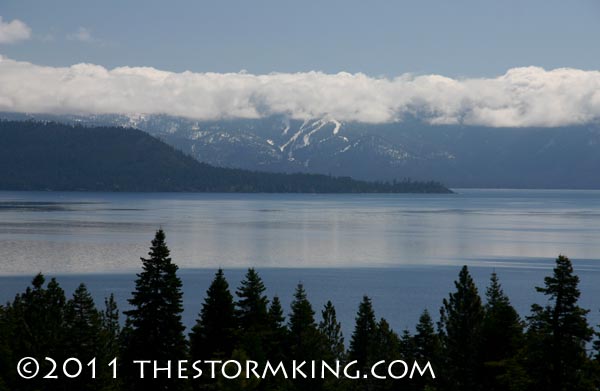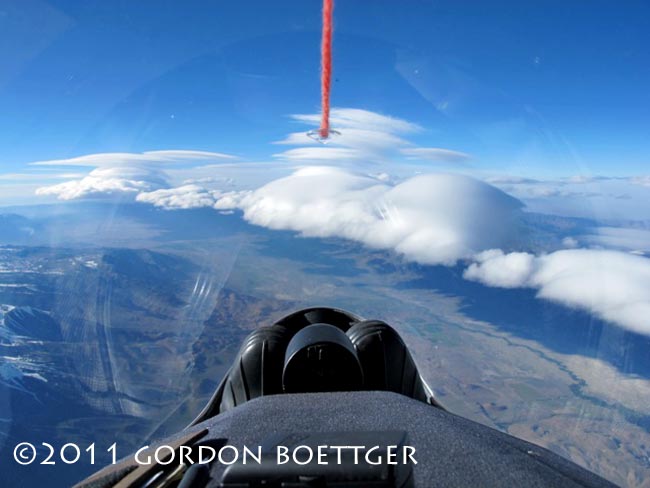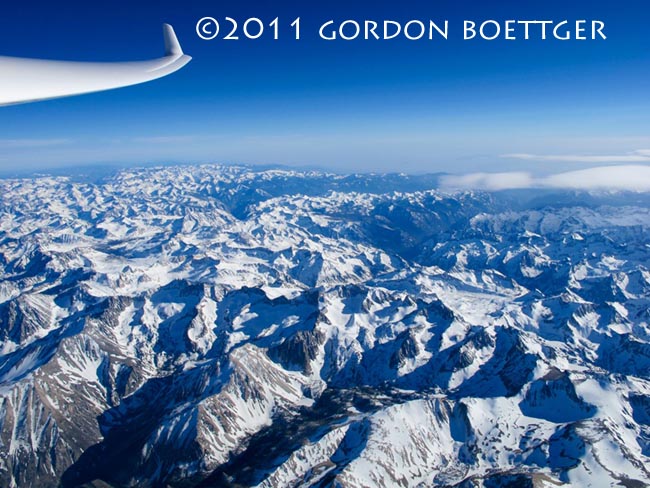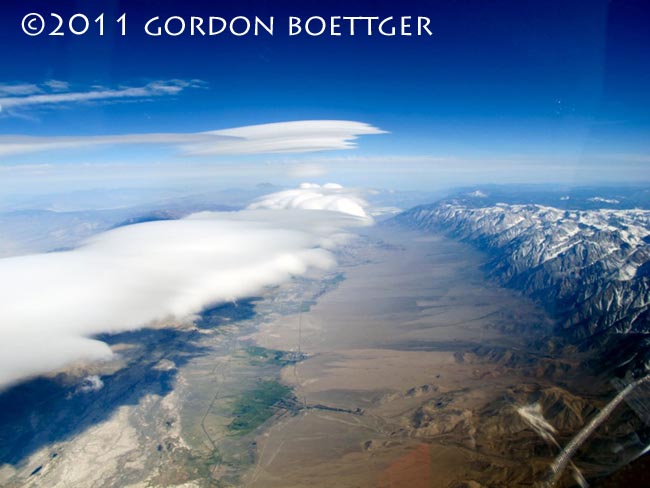 |
|
|
Follow Mark on Facebook for more stories |
||
 |
|||||||||
|
Tahoe Nugget #208: Wind Triggers Record Flight For the second year in a row, the Tahoe-Truckee region is going to have a very short spring, if it has one at all. Word in the street is that May 2011 was the coldest in years, but the data show that last year's El Niño-influenced spring was just as chilly, if not more so, over much of California. As of June 6, 2011, Randall Osterhuber, manager of the Central Sierra Snow Laboratory near Donner Pass, had recorded nearly 54 feet of snow, making this winter the 8th snowiest there since measurements began in 1878. On June 6, the snowpack at the Lab was 7.8 feet deep, the greatest depth for the date at their study site since it was established in 1946. The next closest year was 1967, when there was 6.7 feet on the ground on June 7. The winter's precipitation (rain and melted snow combined) so far totals 82 inches, ranking it as the 13th wettest since 1899. Since the Sierra water year doesn't end until September 30, any additional rain or snow during the next four months may push us farther up the rankings.
The active jet stream that has delivered late season storms and cold air this year has also been generating excellent atmospheric wave conditions over the Sierra. This dynamic flow across the Sierra creates tremendous lift on the lee side of the range, perfect for soaring sailplanes. Mountain lee waves form downwind of many mountain ranges around the world, but the powerful lift exhibited by the Sierra Wave is unusual in its force. The lee wave itself is invisible, but a sure sign of its presence are lenticular clouds, also known as wave clouds, commonly observed when the jet stream is in close proximity during the winter and early spring months. Much like the ripples in a stream, lenticular clouds form about five or ten miles downwind from where air flows up and down over mountain peaks and troughs. They are an unusual, distinct cloud, with a smooth, layered appearance, a flat bottom, and the curved upper surface of an airplane wing. Similar to a flowing stream's ripple, lenticular clouds appear stationary, but air passes through them at speeds from 50 to 100 miles per hour.
On May 31, 2011, Gordon Boettger, a FedEx pilot from Minden, Nevada, established the longest flight in the Northern Hemisphere in a sailplane when he flew his Kestrel single seat glider 1,401 miles, parallel along the Sierra in 13 hours, 17 minutes. Taking advantage of high winds and the longer hours of daylight, Boettger's motor-less aircraft was towed into the air from the Minden-Tahoe Airport on a day that Doug Armstrong, a retired meteorologist who is part of Boettger's team, had predicted was perfect for this record aviation attempt.
Once airborne, Boettger steered his plane south and headed for Little Lake in the lower Owens Valley just north of Inyokern. before turning north again. Taking advantage of the powerful Sierra Wave lift that peaked at more than 1,000 feet per minute at times, he soared to a maximum altitude of 28,400 feet.
To avoid possible interference with commercial aircraft, Boettger's sailplane was tracked by the Federal Aviation Administration's Air Traffic Control in Oakland and Joshua Control in southern California. Armstrong, who also tracked every mile of this record flight, reported that the aircraft reached ground speeds of 165 mph on the northbound return due to the vigorous southwest tailwind. Boettger made the final leg of his trip in just 96 minutes, averaging 158 mph. |
|||||||||
|




